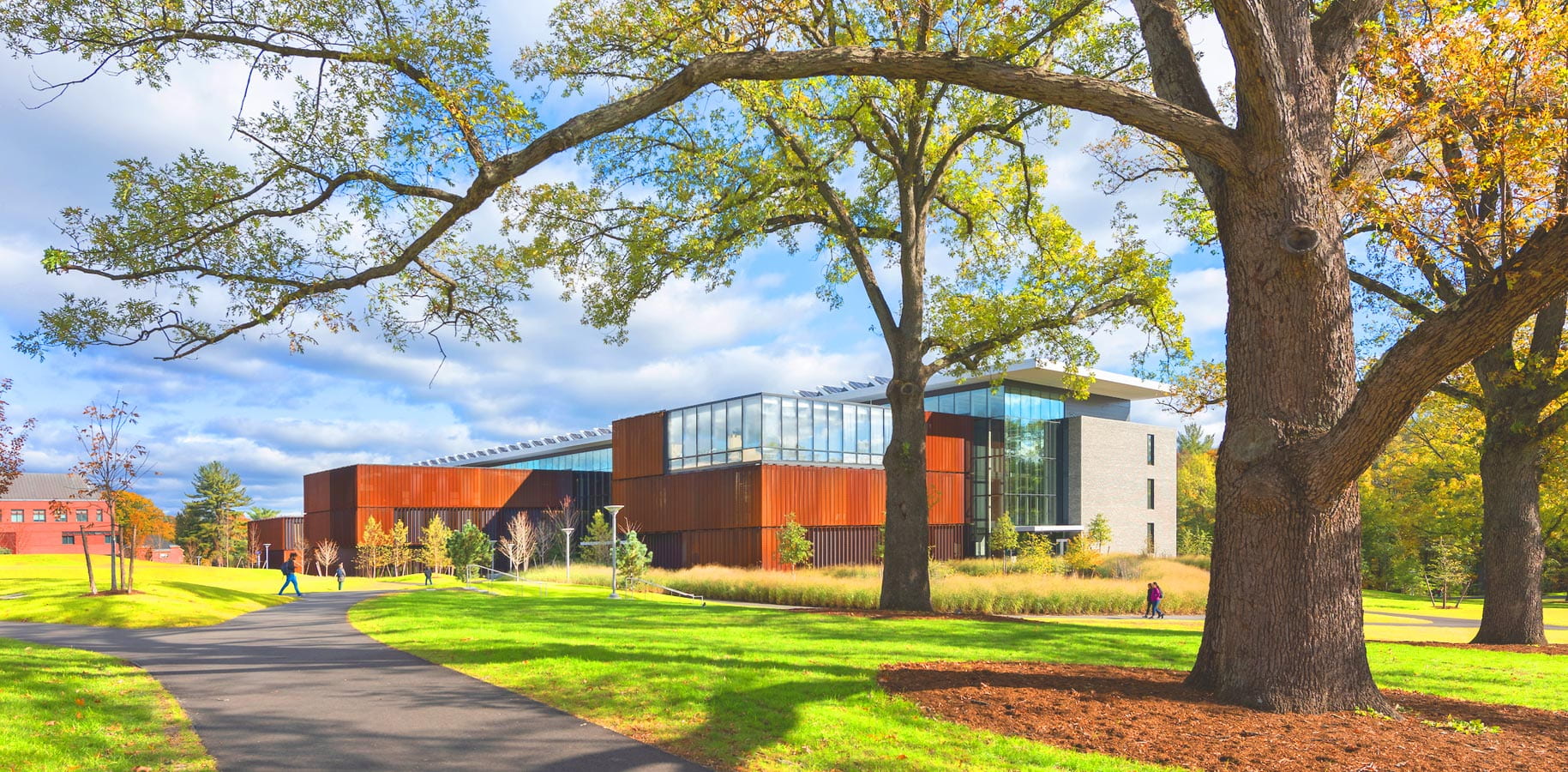It’s now been six years since the Event Horizon Telescope Collaboration shocked the world with this first-ever image of a black hole. How did they make it happen, and what are they up to now?…
That One Black Hole Image, Revisited



It’s now been six years since the Event Horizon Telescope Collaboration shocked the world with this first-ever image of a black hole. How did they make it happen, and what are they up to now?…

By Alyssa Friedman and Viktoria Leopold Cover image credit: https://medicalxpress.com/news/2018-11-zebrafish-larvae-appetite-suppressants.html In recent years, concern about environmental contaminants has grown mainstream, spurring research into the potential impact of certain chemicals on embryonic development, or how an organism spends the early stages of its life. Endocrine-disrupting chemicals (EDCs) are particularly alarming because of how they mimic or…

Last semester, the Physics and Astronomy Department welcomed a new postdoc, Dr. Mark Giovinazzi. In this article, we explore Mark’s research expertise on low-mass stars and exoplanets and learn more about his personal life at Amherst! His journey involves diverse research experiences and the continuous mission to elevate underrepresented students in the field. …

Energy is a necessity for human survival, and in recent history, we have burned coal and drilled into the Earth’s surface to power our rapidly advancing societies. However, these methods place an enormous strain on the planet we call home. As humans are faced with the alarming ecological impacts of our energy decisions, we can…

By Julia Aram and Ava Wang On Saturday, November 9th, Amherst alumni Ina Petkova ‘06, Michelle Ngo ‘15, and Tara Yoo ‘15 spoke at the Math and Statistics Alumni Panel Discussion facilitated by Nika Jafar Nia. Following delicious food catered by El Comalito, these graduates offered accounts of their career paths while providing valuable words…

By Viktoria Leopold A thin stem rising out of the ground, supporting a translucent, ethereal and ghostly head like a decaying white rose. Tiny, salmon pink globes clustered on the face of a rotting log. A group of brown edges curled up like shriveled book pages. While these descriptions might evoke images of an alien…

By Andrea Yan and Henry Sun Michael Barresi, a Professor of Biological Sciences at Smith College, was the speaker for the Biology Monday Seminar on December 4th. A prominent developmental biologist specializing in the development of vertebrae brains, he is a co-author of the widely-used textbook Developmental Biology. In his talk, he guided us through…

For over a decade, Amherst College has hosted an annual bioscience symposium for students to have the opportunity to hear from and connect with highly experienced Amherst alumni. This year, this event was named the Hughes Symposium as a tribute to the late Dr. Edward Hughes ‘62, P’95, ‘01, an Amherst alumnus whose prestigious career…

From boat ropes to shoelaces, knots are found everywhere in our day-to-day lives. But where things really get tied up is on the microscopic scale. Even the basic code for life inside our cells can sometimes be prone to tangles. So, why exactly are knots found in our DNA, and what are the biological causes?…

By Arum Han Professor Kendra Marcus joined the Amherst College faculty as an Assistant Professor of Chemistry this semester. She is currently teaching biochemistry (CHEM 331) and specializes in researching proteins through the lens of evolutionary and structural biology. The Amherst STEM Network had the opportunity to interview Professor Marcus about her work. What inspired…